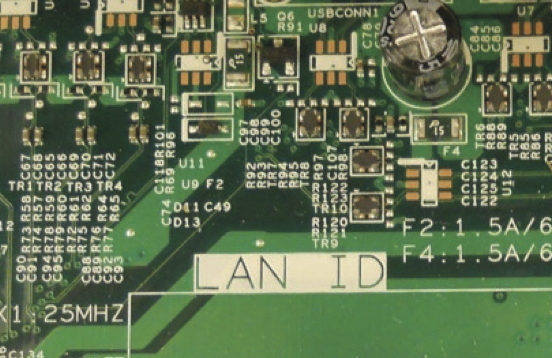The Rise of Network Standby
A growing number of products, from music players and TVs to appliances and lighting, are designed with network connectivity. Although connected products may make our lives more convenient, they often use more energy than unconnected products. In past years, the energy efficiency community has worked with manufacturers and governments to reduce standby power. Now, the community is turning its attention to network standby power, and the factors that impact it.
A Framework for Network Standby Power
Recently, Xergy Consulting worked with the International Energy Agency’s (IEA) Electronic Devices & Networks Annex (EDNA) develop a framework of characteristics that impact network standby power. In this work, we define network standby as a function which allows a product to maintain a network connection while waiting for signal from the network. The report
- incorporates and organizes our collective understanding of the network standby function,
- identifies the primary factors that influence its power draw,
- develops a framework for understanding these factors, and
- estimates power ranges associated with different network standby function implementations.
We identified three primary factors that impact network standby power, relating to the network interfaces, their level of functionality, and how they manage network traffic. To a large extent, product design and function determines these characteristics. Based on input from component manufacturers and product data sheets, we then estimated the range of power draw used by common network interfaces.
We hope this work will serve as a foundation for future study of network standby, and help advance the conversation in the efficiency community. You can download the report from the EDNA website.

